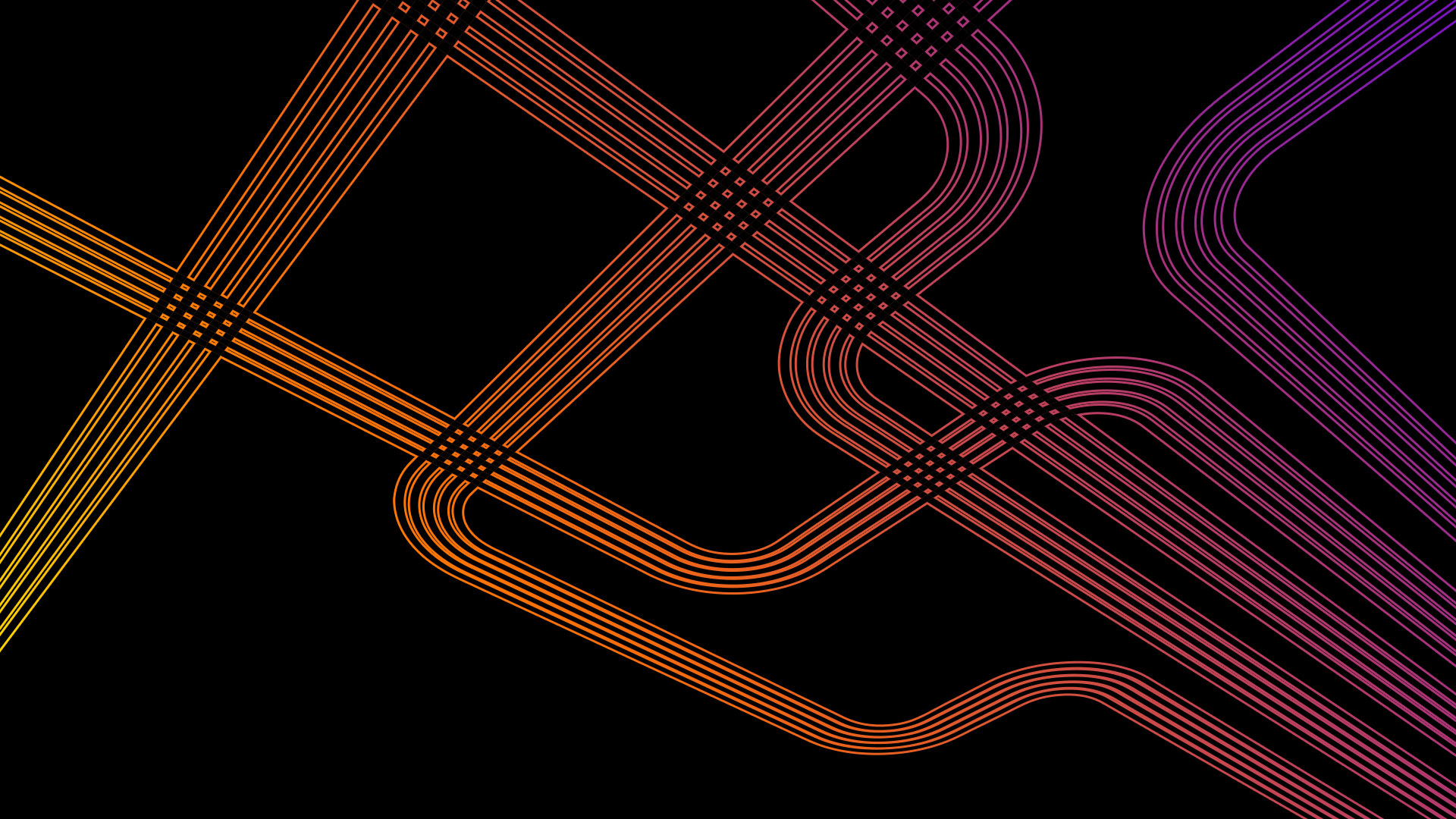Blockchain technology is disrupting the way data is stored and verified. While blockchain is more secure by design, humans are prone to mistakes and corruption.
What Is Blockchain?
While the technology of blockchain gets rather complicated, the basic idea is simple—one network that accurately tracks data from point A to point B and prevents tampering.
Blockchain is a distributed ledger that is shared among users rather than stored in one location such as a server. Everyone in the chain of information has a copy of the same information—updating with each new entry.
The blockchain is made up of a series of blocks containing encrypted data, along with a unique identifying number called a hash that corresponds to the entries before and after. This creates a ledger that keeps everything in its place and cannot be changed—at least not easily.
As data is recorded, it creates a new block with a new hash and adds it to the sequence—hence the name “blockchain.” Because it’s a distributed ledger, everyone gets the latest information at the same time. If the information doesn’t match—i.e. tampered with, it is rejected. Users no longer have one place to hack. This creates a transparent system of verification with an endless amount of uses.
Practical Applications
Imagine if you could trace your coffee beans all the way back to where they were grown. Blockchain would allow you to verify its origins and whether or not they are free trade. Donations to a charity could be tracked to make sure they reach the intended recipients and citizens could see exactly how their tax dollars are spent.
This new technology is already disrupting a number of industries, beginning with finances. First prototyped in 1991, blockchain is the distributed ledger that underlies Bitcoin. The technology cuts out the third party such as a bank, allowing users to transfer and verify the transfer of currency from one account to another.
For marketers, blockchain could solve the problem of programmatic advertising fraud. The Interactive Advertising Bureau (IAB) is currently investigating the application of this technology to address challenges, as well as develop best practices.
Technology Versus Humans
Blockchain technology is important because it could solve the age-old problem of “the left hand not knowing what the right hand is doing.” But despite its built-in transparency and encryption, data is still entered by human beings—who are not perfect.
Whether through innocent error or intentional deceit, blockchain data is only as accurate as those creating the blocks.
Famous hacker Kevin Mitnick often used “social engineering”—the manipulation of people, not computers, to obtain passwords and other key information.
“Companies spend millions of dollars on firewalls, encryption and secure access devices, and it’s money wasted because none of these measures address the weakest link in the security chain—the people who use, administer, operate and account for computer systems that contain protected information,” Mitnick said in his court testimony.
While a traditional hack of distributed ledger technology is inherently difficult, there is something called a ‘51 percent attack.’ That means when more than half of a blockchain network of computers supplies incorrect information, the rest of the system believes it to be true.
Blockchain is a powerful technology, but the market has yet to fully invest in exploring its potential. There’s still plenty of blank space in the blockchain landscape, and major players will likely need concrete proof that it’s worth the risk before they fill in the gaps.

